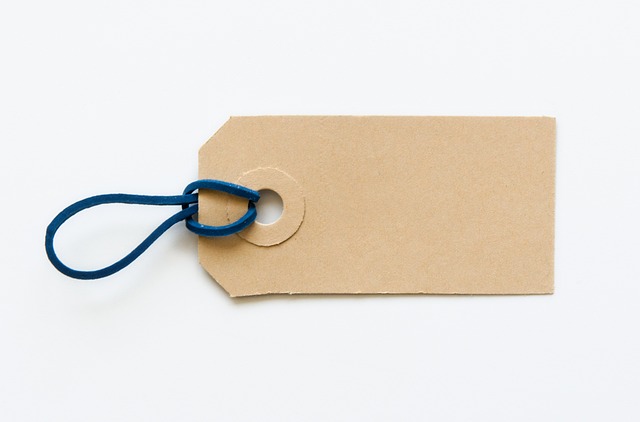Skin tags, medically acrochordons, are benign growths on the body, caused by genetics, friction, hormones, and conditions like diabetes. They can be removed for cosmetic reasons or if irritated. There are two types: acral (hands/feet) and non-acral. When considering removal in Leeds, understanding causes and types is key. Popular home remedies include apple cider vinegar, duct tape, tea tree oil, and lavender oil. While professional treatments are available, DIY solutions are gaining popularity. Always conduct patch tests and consult a dermatologist for personalized guidance.
Skin tags, those small, soft bumps on your skin, are common and usually harmless. This guide delves into understanding these benign growths, exploring their causes and various types. For those considering DIY removal in Leeds, we offer safe at-home remedies and effective techniques to eliminate skin tags without professional intervention. Learn how to identify different types and choose the right approach for a smooth, tag-free complexion.
Understanding Skin Tags: Causes and Types
Skin tags, also known as acrochordons, are small, soft skin growths that typically appear as harmless bumps on various parts of the body. They can be found in many different forms and sizes, from tiny dots to larger chunks of skin. While they usually don’t cause any medical issues, some individuals may find them cosmetically distressing and wish to consider removal options, especially when they become irritated or uncomfortable.
The causes of skin tags are multifaceted, often involving a combination of factors such as genetics, hormonal changes, obesity, friction from clothing or jewelry, and even certain conditions like diabetes. They tend to be more prevalent in areas where skin rubs against itself, like the neck, armpits, groin, and chest. There are two main types: acral tags, which appear on the hands and feet, and non-acral tags, found elsewhere on the body. For those seeking Skin Tag Removal Leeds, understanding these causes and types is essential in choosing the right treatment method for their specific case.
Home Remedies and Safe Removal Techniques
When considering skin tag removal at home, it’s essential to explore safe and effective techniques that can provide relief from these small, harmless growths. While some people prefer professional treatments like those offered by Skin Tag Removal Leeds, there are several home remedies worth trying first. Apple cider vinegar, with its acidity, is a popular choice as it helps to dissolve the skin tag over time when applied topically. Another natural approach involves using duct tape—a surprising yet effective method that has gained traction among those seeking DIY solutions for skin tag removal.
Additionally, certain essential oils like tea tree oil and lavender oil possess anti-inflammatory properties that can soothe the area and potentially reduce the appearance of skin tags. However, it’s crucial to perform a patch test before applying any home remedy to avoid potential irritation or allergic reactions. Always remember, if skin tags cause discomfort or change in appearance, consulting a dermatologist is advisable for professional guidance tailored to your specific case.
While professional skin tag removal in Leeds offers guaranteed results, understanding home remedies provides an accessible, safe approach for minor cases. By familiarizing yourself with different types and causes, you can confidently choose the best technique for your needs, ensuring effective and gentle skin tag elimination without needing specialized treatments.
